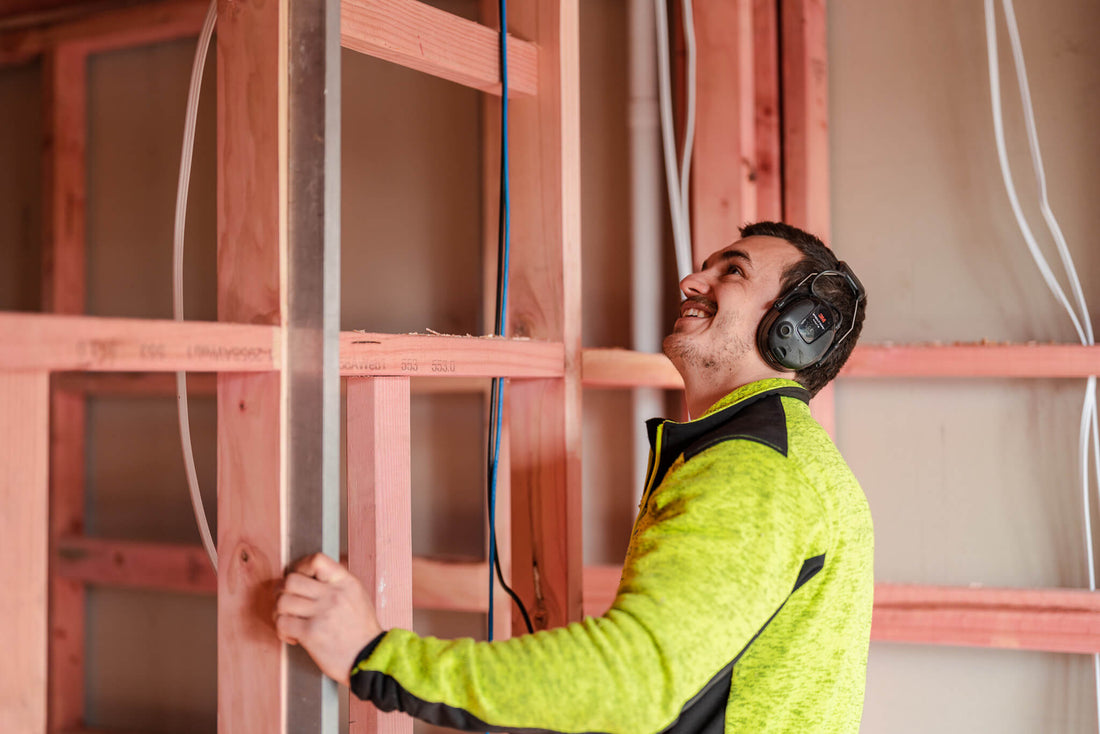As we go about our daily work routine, we often overlook one significant factor: our exposure to noise. It's easy to dismiss the hum of machinery or the honking of traffic as just another aspect of modern life, but these sounds can do serious damage to our hearing over time.
Here are some strategies you can implement to effectively safeguard your ears and prevent noise-induced hearing loss.
First and foremost, whenever you find yourself in a loud environment or undertaking a job that involves noisy machinery, don't forget to wear the appropriate hearing protection. Ear muffs or ear plugs should be your best companions in such circumstances. However, ensure that they fit directly onto your head without any barriers like beanies or other articles of clothing that might reduce their effectiveness.
Comfort is crucial when it comes to hearing protection. After all, if the gear isn't comfortable, you're less likely to wear it consistently, which defeats the purpose. Therefore, find a fit that you find comfortable for extended wear. Tradestaff Workwear stock a selection of hearing protection equipment, come into the store and see the team.
Remember that not all hearing protection is created equal. Different protection classes cater to various noise levels, so it's essential to choose the right protection for the level of noise you are regularly exposed to.
When purchasing tools or machinery, consider inquiring about their noise levels and always opt for quieter models if possible. Additionally, remember to maintain your equipment properly, as poorly maintained tools can create more noise.
For individuals regularly exposed to high noise levels, it's highly advisable to undergo annual hearing tests. This can help you monitor your hearing and ensure that your hearing protection measures are sufficient.
Understanding the Hearing Protection Classes
When it comes to hearing protection, there is a range of options, each offering different levels of protection. These are categorized from Class 1 to 5, as per the standard AS/NZS 1270:2002 Acoustics – Hearing protectors, with Class 5 offering the highest level of noise protection.
The protection class required depends on the maximum 8-hour time-weighted average noise exposure.
Here's a brief breakdown:
- Class 1 provides protection for environments with less than 90 decibels (dB).
- Class 2 is suitable for 90 to less than 100 dB.
- Class 3 is recommended for 95 to less than 100 dB.
- Class 4 offers protection for 100 to less than 105 dB.
- Class 5 is meant for noise levels of 105 to less than 110 dB.
You can find both ear muffs and ear plugs in all classes, up to Class 5. To determine the most appropriate protection class for your work type, don't hesitate to contact the safety specialists at Tradestaff Workwear.
Remember, protecting your hearing is an investment in your long-term health, so make sure to give it the importance it deserves.
 is here! Shop now, pay later in 4 easy installments
is here! Shop now, pay later in 4 easy installments

